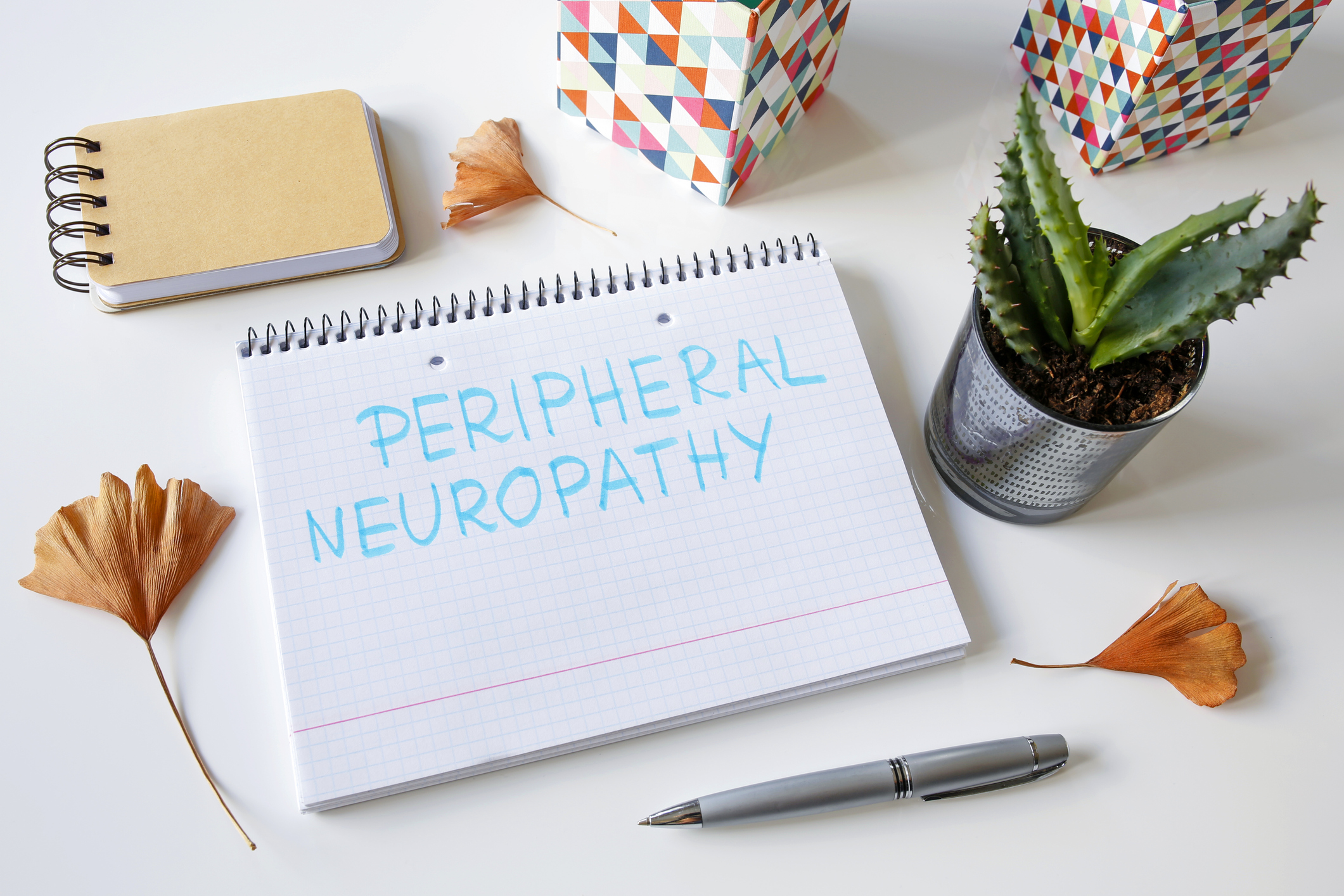

My neighbor had a mild case of COVID about 6 months ago. She still can’t taste her food. A friend of mine also had COVID, but it’s been almost two years now, and she’s still hit with unpredictable bouts of “brain fog” and exhaustion that send her to bed.
Both of these women are living with what we’ve come to call “long COVID” (and for some unknown reason, women do seem to be more vulnerable than men). Unfortunately, we’ve found out that long COVID is far more common and long-lasting than we initially thought.
Symptoms are unpredictable, too, which has made it difficult to pin down the causes. People with long COVID deal with shortness of breath (which could be a sign of heart damage), muscle and joint pain and debilitating fatigue, anxiety and depression.
And the list keeps growing. A recent study has linked long COVID with a painful condition that, in pre-COVID days, was usually caused by diabetes.
Peripheral neuropathy: What is it?
Peripheral neuropathy (PN) is a type of damage to the peripheral nervous system, the network of nerves that sends information from your brain and spinal cord (central nervous system) to the rest of your body.
PN has a variety of causes. Some people develop it after chemotherapy treatments. Some inherit it. Kidney disease or hormone imbalance can also lead to PN. One of the most common causes in the United States is diabetes.
And now, research is emerging that points to a strong connection between COVID infections and peripheral neuropathy, and that it can last long after the COVID infection is gone.
Researchers at Washington University School of Medicine in St. Louis found that people who tested positive for the SARS-CoV-2 virus were about three times more likely to experience pain, numbness and tingling in their hands and feet as those who tested negative for the virus.
Symptoms of peripheral neuropathy can vary, but the most common is tingling, pain or numbness, and sometimes loss of sensation in the hands and/or feet.
“We found that nearly 30% of patients who tested positive for COVID-19 also reported neuropathy problems at the time of their diagnosis and that for 6% to 7% of them, the symptoms persisted for at least two weeks, and up to three months, suggesting this virus may have lingering effects on peripheral nerves,” says Dr. Simon Haroutounian, chief of clinical research at the Washington University Pain Center and senior investigator of this study.
Why this matters
Dr. Haroutounian notes that SARS-CoV-2 isn’t the only virus that can harm nerves. For example, the viruses that cause both HIV and shingles are associated with peripheral neuropathy.
“It is important to understand whether a viral infection is associated with an increased risk of neuropathy,” he says. “In the case of HIV, we didn’t realize it was causing neuropathy for several years after the AIDS epidemic began. Consequently, many people went undiagnosed with neuropathy and untreated for the pain associated with the problem.”
“There is a high likelihood we could still help these patients, even though at the moment there are not clear diagnostic criteria or even a recognized syndrome known as COVID peripheral neuropathy.”
In other words, while it’s important for researchers to continue exploring the connection between the COVID virus and peripheral neuropathy, now that the connection has been made, it’s more likely that people with symptoms of PN following a COVID infection will seek and receive treatment.
Vitamin D has been the subject of much research in relation to peripheral neuropathy. One study found that treatment with a single intramuscular dose of 600 000 IU of vitamin D in patients with painful diabetic neuropathy is associated with a significant decrease in the symptoms. Another suggests supplementing vitamin D could be an added value in the treatment of painful peripheral neuropathy.
Sources:
COVID-19 infection linked to higher risk of neuropathy — Science Daily
Post-acute sensory neurological sequelae in patients with SARS-CoV-2 infection: the COVID-PN observational cohort study — Pain
Peripheral neuropathy — Johns Hopkins Medicine
